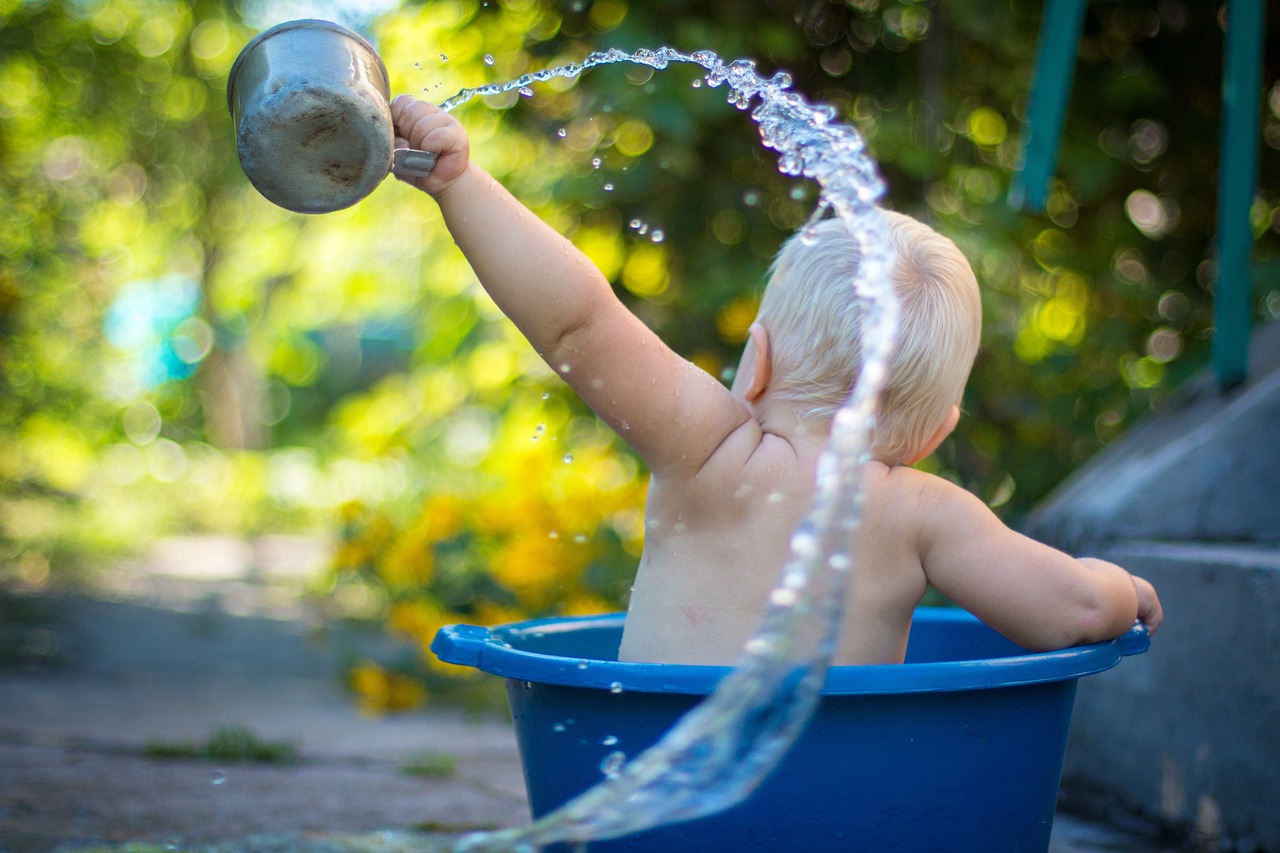Bathing your baby is a wonderful bonding experience that also plays a crucial role in maintaining their hygiene and comfort. As parents, it’s natural to want to provide the best care possible, and ensuring the right water temperature is a vital aspect of that. In this comprehensive guide, we’ll delve into the importance of water temperature for baby baths and provide you with practical tips to make bath time safe, enjoyable, and stress-free for both you and your little one.
Why Water Temperature Matters

Maintaining the right water temperature is essential because babies have delicate skin that is more sensitive to temperature changes compared to adults. Bathing your baby in water that is too hot or too cold can lead to discomfort, skin irritation, and even burns. On the other hand, water that’s just right helps relax their muscles and promotes a calming experience, making it an important aspect of their overall well-being.
Finding the Optimal Water Temperature
Ideal Temperature: The recommended water temperature for baby baths is between 98°F (36.6°C) and 100°F (37.8°C). This temperature range mimics the warmth of the mother’s womb and is generally considered safe and comfortable for babies. Use a reliable thermometer to measure the water temperature and ensure accuracy.
Testing the Water: Before placing your baby in the bath, always test the water with your wrist or the inside of your elbow. The water should feel warm, but not hot, to the touch. This simple step helps prevent any accidental scalding.
Avoid Hot Taps: It’s important to note that mixing hot and cold water from the taps can result in sudden temperature fluctuations. To prevent this, fill the tub with cold water first and then add hot water gradually until the desired temperature is reached.
Ensuring Bath Time Safety
Supervision is Key: Regardless of the water temperature, never leave your baby unattended during bath time. Gather all the essentials you need within arm’s reach before starting the bath to minimize distractions.
Gentle Handling: Babies can become slippery when wet, so ensure you have a secure grip while holding your baby in the water. Using a non-slip bath mat can also provide additional safety.
Time Management: Keep bath time short and sweet, especially for newborns. Five to ten minutes is generally sufficient, and as your baby grows, you can gradually extend the time.
Skin Care After Bath: After the bath, gently pat your baby’s skin dry with a soft towel. Apply a mild, hypoallergenic moisturizer to keep their delicate skin hydrated.
Addressing Common Concerns

Cold Weather Baths: During colder months, it’s natural to worry about giving your baby a bath. To ensure their comfort, maintain a warm room temperature and have all bath essentials ready beforehand.
Fever or Illness: If your baby has a fever or is unwell, it’s best to consult a pediatrician before giving them a bath. They can provide guidance on the appropriate water temperature and bath duration.
Transitioning to a Tub: As your baby grows and gains head control, you can transition from a baby bath to a regular tub. Remember to use a bath seat or a non-slip mat to support your baby’s sitting position.
Conclusion
In conclusion, bath time is a precious opportunity for bonding and ensuring your baby’s hygiene. By paying attention to water temperature and taking necessary safety precautions, you can create a relaxing and enjoyable experience for both you and your little one. Remember, every baby is unique, so trust your instincts and adapt these guidelines to suit your baby’s preferences. Happy bathing!









